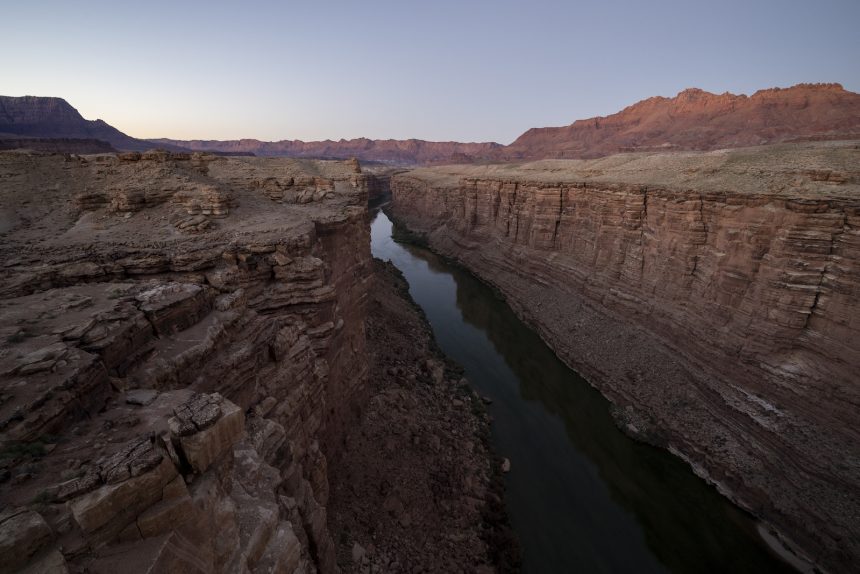In a notable legal battle earlier this year, Arizona lawmakers sued the Biden administration over the establishment of the Baaj Nwaavjo I’tah Kukveni, a newly created national monument within the Grand Canyon. They claimed that the creation of national monuments should be handled at the state level and labeled it as a “land grab.” However, the Hopi, Havasupai, and Navajo Nation, whose ancestral lands overlap with the national monument, have intervened in the case and aligned themselves with the federal government to safeguard the area.
The national monument, spanning almost one million acres, serves to protect ancestral lands of the tribal nations and important wildlife migration routes. It is also significant for maintaining traditional practices such as hunting, praying, and gathering food and medicines. If successful, Arizona’s lawsuit could open the national monument to economic activities like livestock grazing and uranium mining, endangering the delicate ecosystem and potentially disrupting tribal practices.
The lawsuit focuses on the Antiquities Act, which President Biden used to establish the national monument after years of Indigenous advocacy. Arizona’s argument revolves around the impact on revenue generation and local economies, with concerns about funding for schools and impacts on small towns in the region. While the legal battle continues, tribal nations and conservation organizations are making efforts to protect the area and uphold their sovereign interests.
The involvement of tribal nations, conservation groups, and the federal government reflects the complex interplay of interests and values surrounding the preservation of natural and cultural heritage in the region. The outcome of this legal dispute will likely have long-lasting implications for the future management and protection of the Grand Canyon and its surrounding areas.






